Khaneh Kabul
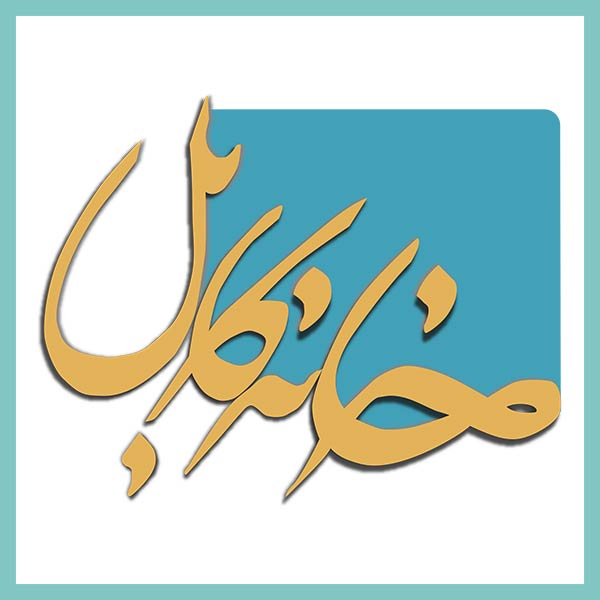
تِکّه ای از کابُل دَر تِهران
گُروهِ فارسیموند در کنارِ آموزشِ زبانِ فارسی، فَعّالیَّت هایِ فَرهَنگیِ مُتفاوِتی مانند بازدید از موزه، رفتن به مَکان هایِ تَفریحی یا دورِهَمی با دانشجویان را برایِ فارسی آموزانی که در تِهران زندگی می کنند، هَماهَنگ می کند. هَدَفِ اصلیِ ما از این کار آشنا کردنِ فارسی آموزان با جَنبه هایِ مختلف زندگی در ایران و گویِش هایِ مُختَلفِ زبانِ فارسی است. به هَمین دَلیل، روزِ سه شنبه، دهِ مِی، ما به هَمراهِ فارسی آموزانِ فَرانسَوی و تُرکیه ای به یک رِستورانِ خاص، به اِسمِ خانه کابُل در تهران رفتیم تا در کنارِ غذا خوردن درباره یِ فَرهَنگِ اَفغانستان و فارسیِ دَری با هَمدیگر گُفتِگو کنیم یا به قولِ اَفغانِستانی ها گَپ بزنیم. در این دورِهَمی، هَمکارِ ما، مَعصومه، از شهرِ مزارِ شَریف دَرباره یِ غذاهایی که سِفارِش داده بودیم، توضیح داد.
درباره خانه کابُل
در این رِستوران، ما مِهمانِ خانواده ی مِهربان و دوست داشتنیِ اَکبری بودیم. این خانِواده یِ هُنَرمَند سال ها پیش به ایران مهاجِرَت کردند اما هَمیشه تَلاش کرده اند تا اَفغانِستان و تاریخ و فرهنگِ این کِشور را به ایرانی ها و اَفغانستانی هایی که در ایران به دنیا آمده اند بِشِناسانَند.
این رستوران، فضایِ کوچکی دارد، بَرایِ هَمین وَقتی وارِدَش می شوید، اِحساس می کنید که در خانه ی یک دوست هستید. برای طَراحیِ این فضایِ کوچک از عَکس ها، نَمادها و صَنایعِ دَستی افغانستانی استفاده شده است. در همه جای این خانه کتاب های مَربوط به تاریخ و اَدَبیاتِ افغانستان برای خواندن یا خَریدن وجود دارد. رویِ هر یک از میزهایِ این رستوران، یک کاشیِ آبی با اِسمِ یک مَحله در کابُل گُذاشته شده است. اگر از میزبانِتان درباره ی این مَحله ها بِپُرسید، با فارسیِ زیبایِ دَری برای شما از این مَحَله ها می گوید. اسمِ میزِ ما، مَحَله ی خَرابات بود. مَعصومه برای ما توضیح داد که این مَحَله، مَنطَقه ای از کابل است که آوازخوانان و موسیقیدانان در آن زندگی می کنند.
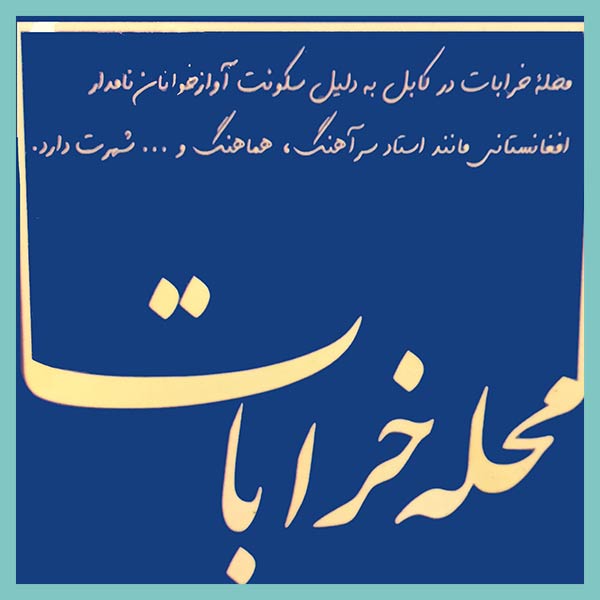
هرجایِ این خانه یِ زیبا که بِنِشینید، می توانید کلِ خانواده را در حالِ کار کردن در آشپَزخانه ببینید. دیدنِ خونگَرمی و مِهربانیِ این خانواده و دَستپُختِ عالی سَرآشپز، مادرِ خانواده، لِذتِ غَذا خوردن را دوچَندان می کند. رویِ پیشخوانِ آشپَزخانه، اَنواعِ اَدویه های مَخصوصِ غَذاهای اَفغانستان، تُرشی و مُرباها برایِ فروش چیده شده اند.
آشپزی افغانستان
غذاهایی که ما در این روز خوردیم، همگی طَعمِ خانِگی داشتند و از مَوادِ اَولیه یِ تازه تَهیه شده بودند. مَنتو، آشَک، بورانیِ بادمِجان، قابِلی پُلو و دوغِ سنتیِ عالی. قبل از شُروعِ غَذا، مَعصومه توضیح کوتاهی درباره یِ هر غَذا به ما داد.
مَنتو و آشَک هر دو از هَوَسانه هایِ مَحبوبِ مَردُمِ افغانستان هستند که در مِهمانی ها به عُنوانِ پیش غَذا سِرو می شوند. برای هر دوی این غَذاها خَمیر در قالِب های کوچک لازم است. مَنتو با گوشت پُخته می شود اما آشَک غذای کامِلاً گیاهی است. مواد لازم برایِ تَهیه ی مَنتو گوشت چَرخ کرده، پیاز خُرد شده، چکه، قورمهی دال نُخُود و برای آشَک، گندنا (تره)، چکه، قورمه دال نُخُود، مرچ سُرخ است. برای پُختِ این غذاها به قابلَمه بُخارپَز نیاز داریم تا در دَمایِ مُناسِب بِپَزَند.
بورانیِ بادمجان هم پیش غَذای مُناسبِ گیاهخوارن است، چراکه از بادنجانِ سیاه، بادنجانِ رومی، سیر و اَدویه و ماست چِکیده تَهیه می شود.
غذایِ اَصلی این رِستوران قابِلی پلو است که غذایِ مَجلسی و مِهمانیهایِ بیشتر افغان هاست. قابِلی را در شُمالِ افغانستان می پَزَند. این غَذا را می شود با گوشتِ گوسفَند یا گوشتِ مُرغ پُخت. برایِ پُختِ بِرنج، گوشتِ قابِلی پلوگوسفند یا مُرغ، اَدویه ی مَخصوص قابلی، کَشمِشِ پلویی، خِلالِ هَویج (زَردَک)، خِلالِ پِسته و بادام، زَعفِران و پودرِ هِل لازم است.
با ما همراه شوید
در پایانِ این روز، همه ی فارسی آموزان از آشنا شدن با این خانواده یِ مِهمان نَواز خوشحال بودند و از بَرنامه هایِ بَعدی فارسیموند می پُرسیدند. شما هم اگر در تهران هستید و دوست دارید به هَمراهِ اعضایِ فارسیموند تِهرانگردی کنید، با ما از طریقِ ایمیلِ فارسیموند یا دایرکت اینستاگرام تَماس بِگیرید تا از بَرنامه های ما مُطَلِع شوید.
A Piece of Kabul in Tehran
Teaching Persian is one of the services we offer at Farsimonde. Organizing events such as visiting museums and sightseeing in Tehran and holding gatherings for Persian learners who live in Tehran are among the extra activities we plan for our students. Our goal is to help Persian learners get familiar with different cultural aspects of life in Tehran and various Persian dialects and accents. Therefore, on Tuesday, May 10, 2022, we got together in a unique restaurant called Khaneh Kabul (Xâne(h) Kâbul) with our French and Turkish students to have lunch and discuss Iran and Afghanistan’s cultural similarities and differences. At this gathering, our colleague, Masoume(h), from Mazar Sharif gave us explanations about the foods we had ordered.
About Khaneh Kabul
In this Khane(h) Kabul, we were the Akbari family’s guests. This family who are all gentle, amiable, and artists, have been migrated to Iran from Afghanistan many years ago. However, all these years, they attempted to introduce Afghanistan, its culture, and its history to Iranians and Afghans who were born in Iran.
This cozy restaurant is small, so when you enter Xâne(h) Kâbul, you feel like being in a friend’s house. Photos, icons, and handicrafts from Afghanistan are used to decorate this small space. Everywhere in this restaurant, you can find books about Afghanistan and Afghan literature to be read or bought. On each table, there is a small blue tile with a name of a neighborhood in Kabul. Ask your host about the names on the tables and they will tell the story of these neighborhoods with their sweet Dari Persian. The name of our table was Xarâbât. Masumeh explained to us that this neighborhood is where singers and musicians live.
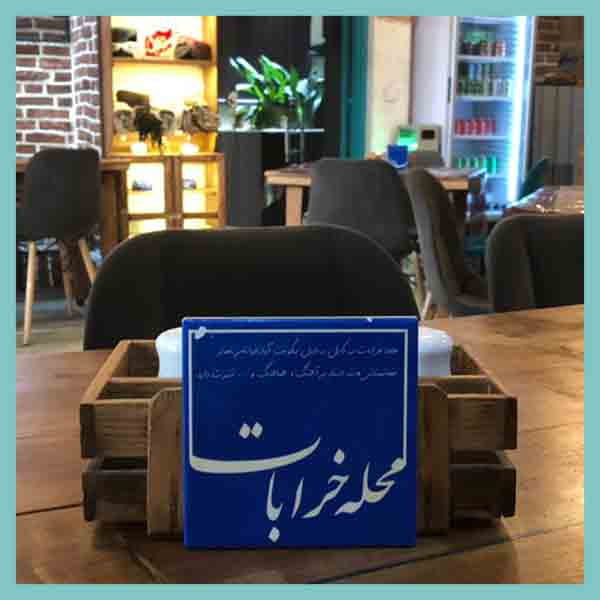
Wherever you take a sit in this house, you will face the kitchen, so you can observe how the whole family is working together to prepare food. Seeing the hospitality and gentleness of the family and the mother’s excellent cooking makes eating in this restaurant more enjoyable. You can also buy spices, pickles, and jams which are on the kitchen counter.
Afghan Cuisine
All the dishes in Khane(h) Kabul we ordered were homemade and fresh. We had manto, âšak, burâni bâdemjân, qâbeli polo and excellent traditional duq. Before eating, Masumeh gave us a short explanation about each food.
Manto and âšak are two favorite havasâne(h), a meal for gatherings and parties, among Afghans which is served as a starter. For both dishes, small pieces of dough are needed. Manto is a starter with meat while âšak is a vegetarian dish. The ingredients for manto are minced meat, onion, čake (a kind of dairy), and split chickpea. The ingredients for âšak are fresh chives, čake (a kind of dairy), split chickpea, and dried red pepper. To prepare these dishes, a steam cooker is required to set the right temperature.
Burani bâdemjân is another starter for vegetarians with ingredients like aubergine garlic, spices, and Greek yogurt.
The main dish in Khaneh Kabul is qâbeli polo which is mostly served at gatherings. This dish is usually prepared in northern parts of Afghanistan and its main ingredients are rice, lamb or chicken, spices, raisins, sliced carrot, sliced pistachio and almond, saffron, and cardamom powder.
Follow us
At the end of the day, all Persian learners were glad to meet this hospitable family. They were asking us about Farsimonde’s next programs and were eager to join. If you are learning Persian and living in Tehran, you can join us for our next tour in Tehran. If you are interested, contact us at info@farsimonde.com or direct us in our Instagram to learn more about our gatherings and tours.
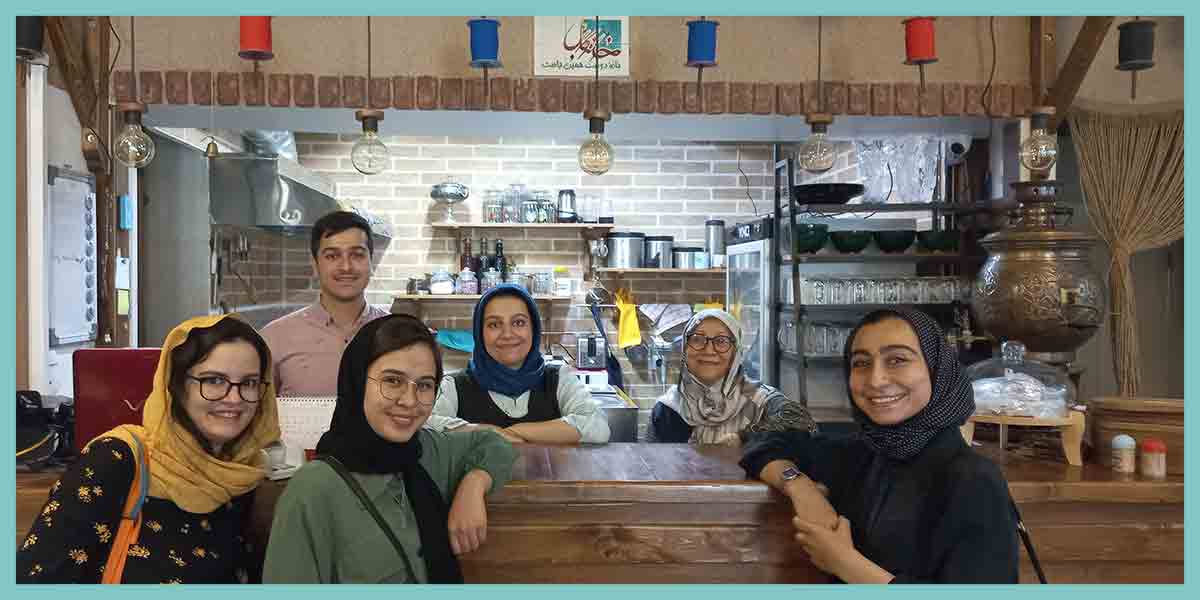
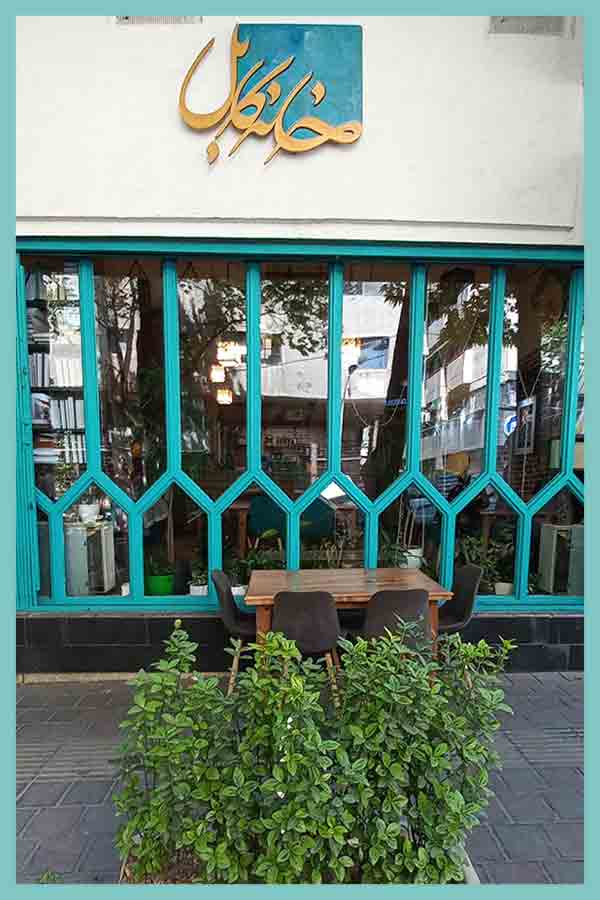
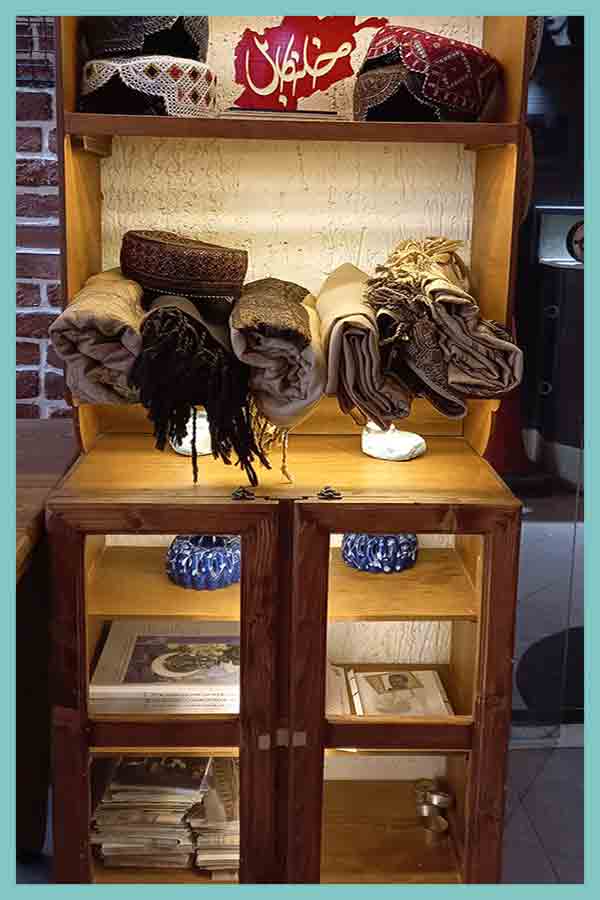
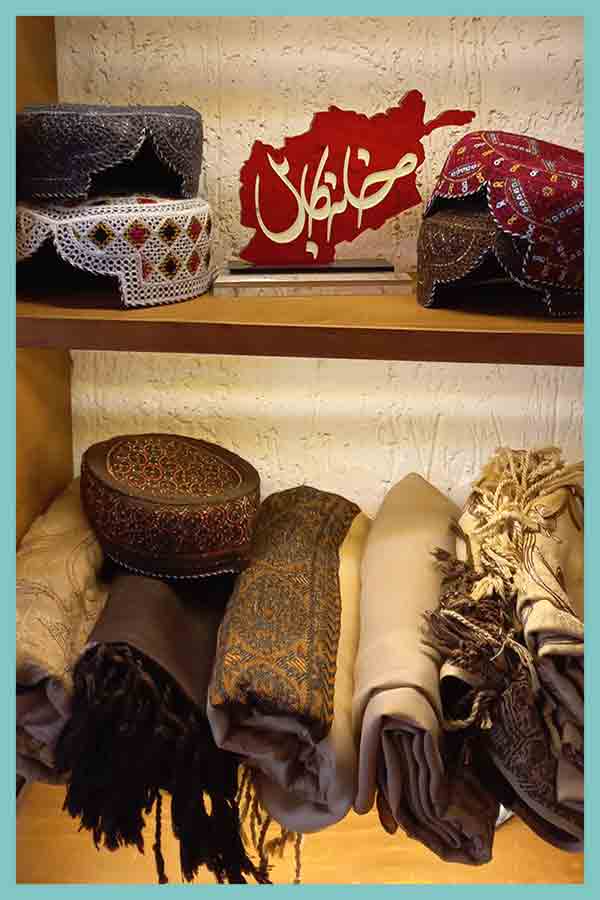
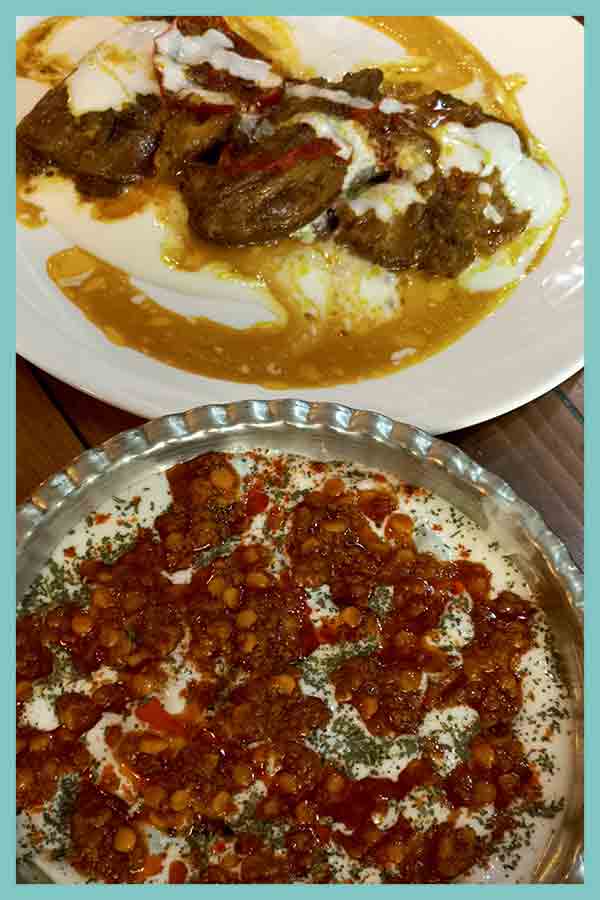
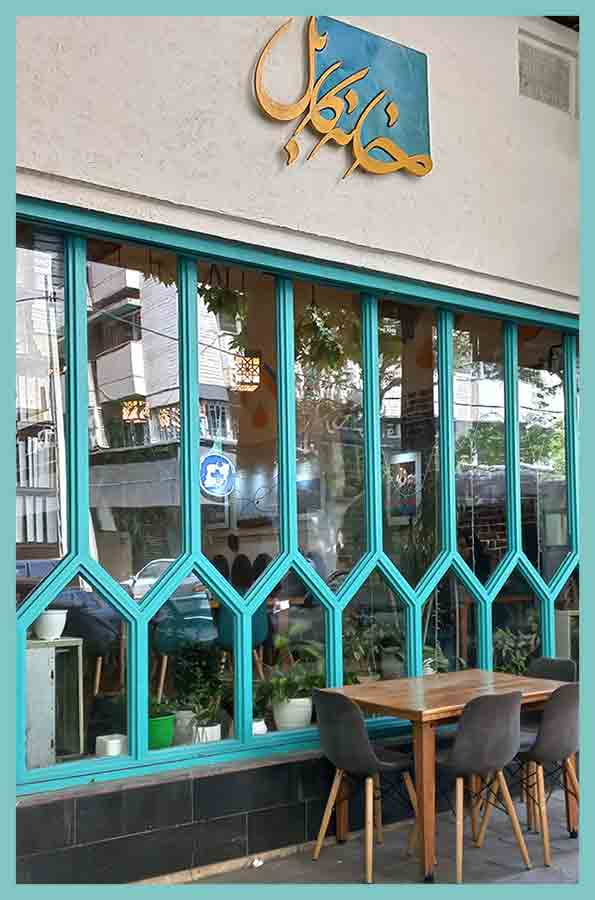

Leave A Comment